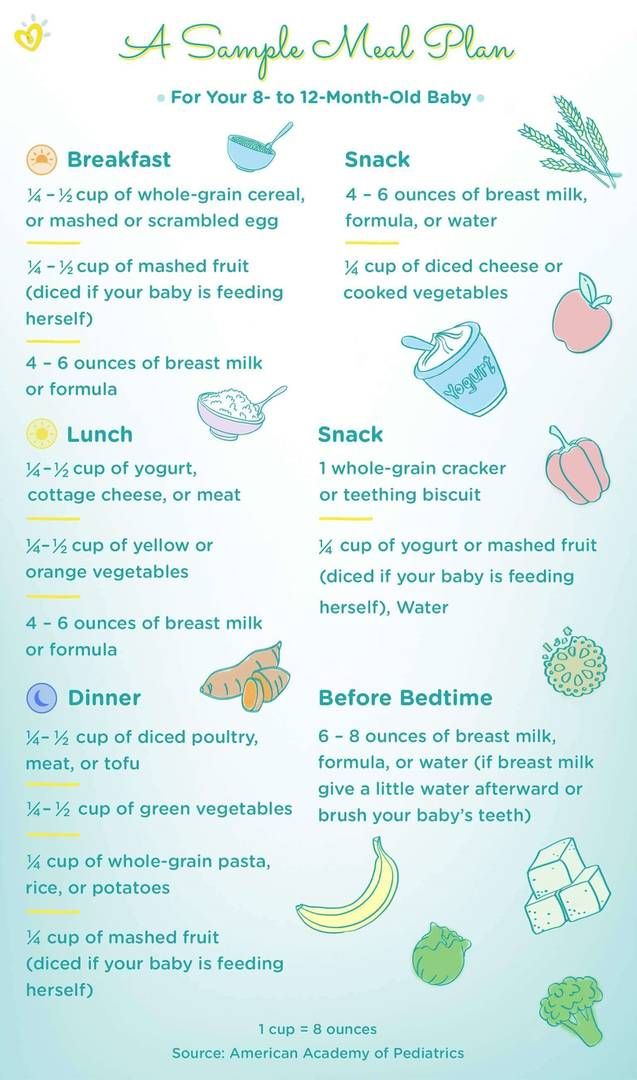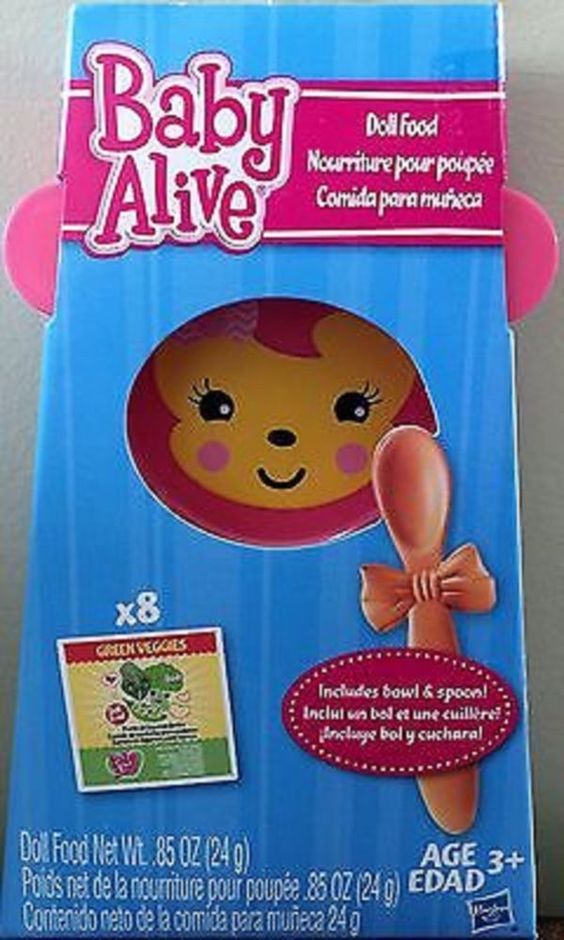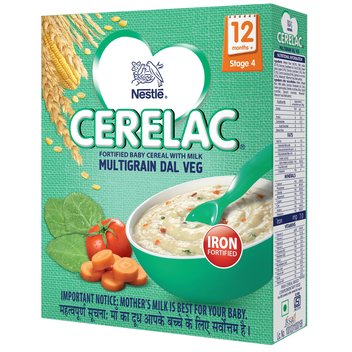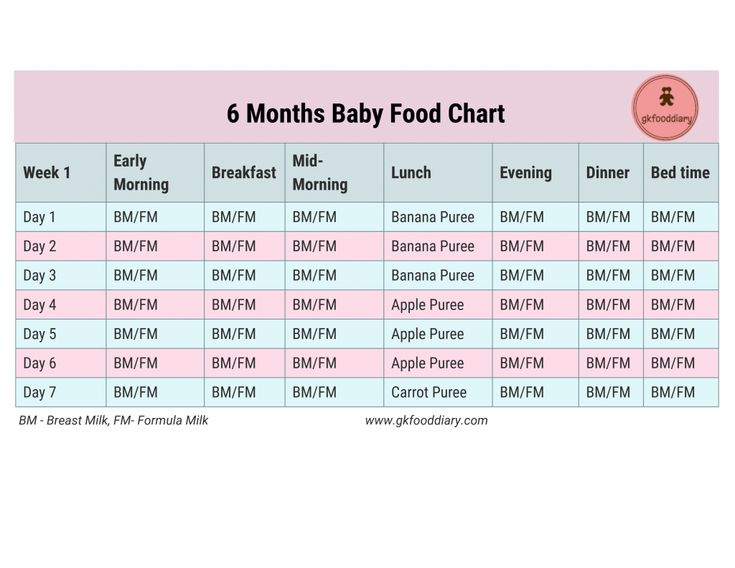How to feed baby with formula
Formula Feeding FAQs: Getting Started (for Parents)
Whether you plan to formula feed your baby from the start, want to supplement your breast milk with formula, or are switching from breast milk to formula, you probably have questions.
Here are answers to some common questions about formula feeding.
What Supplies Do I Need?
Start with the basics:
- formula
- water (tap water is fine, but use bottled if you are concerned about water safety)
- bottles
- nipples
Keep burp cloths and a bottle/nipple brush handy.
You don’t need a bottle sterilizer, but do sterilize bottles and nipples by boiling them for 5 minutes before the first use.
What Kind of Bottle Should I Use?
Bottles come in different shapes and sizes. They can be made of glass, plastic, silicone, or stainless steel. Here are some differences:
Plastic bottles are now "BPA-free"— meaning they don't contain the chemical bisphenol A (BPA). This chemical may be harmful and is found in some plastics, but is banned from baby bottles. Years ago, some plastic baby bottles had BPA in them, but none do now.
Glass bottles. Glass bottles can cause injury if broken, but silicone sleeves make them easier to grip and help prevent breaks.
Silicone bottles and stainless steel bottles are newer options. They are unbreakable but tend to be more expensive than plastic or glass.
Some babies do better with certain bottle shapes, vented bottles, or bottles with liners on the inside. You may need to try a few kinds before you find what works best for you and your baby.
To get you through the first week or so, be sure to have enough formula, water, bottles, and nipples.
Over time, you may want to buy more or different kinds of bottles. You also may find it's worth getting other supplies, like a bottle drying rack or special dishwasher basket.
What Kind of Nipple Should I Use?
Nipples can be made of silicone (clear) or latex (brown) with many different shapes.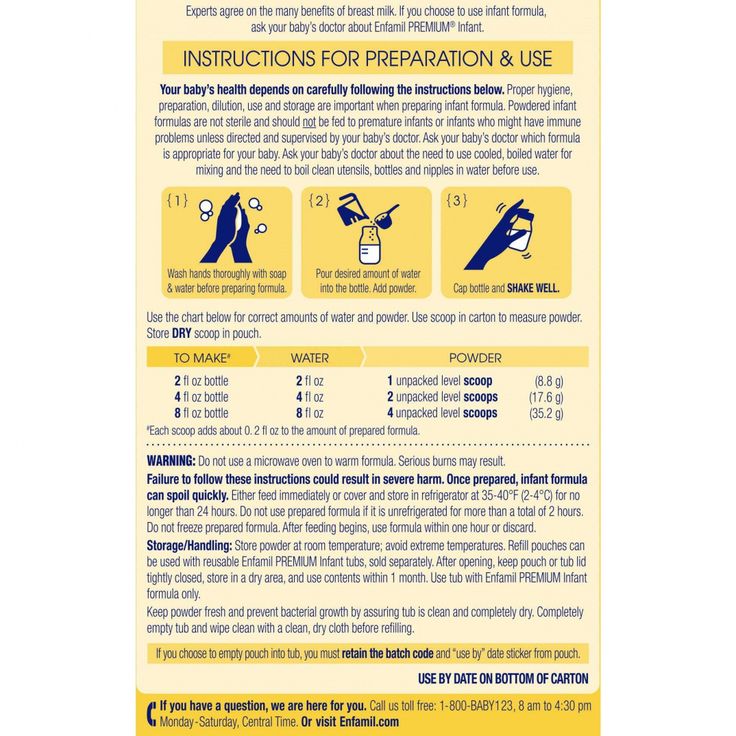 The varieties include standard or traditional nipples, orthodontic nipples, wide-based nipples, and flat-top nipples. Use whatever type your baby seems to prefer.
The varieties include standard or traditional nipples, orthodontic nipples, wide-based nipples, and flat-top nipples. Use whatever type your baby seems to prefer.
Nipples also often come in different numbers, "stages," or "flow rates" to reflect the size of the nipple's hole, which affects the flow (i.e., slow, medium, or fast) of formula or breast milk. The holes get bigger as babies get older and are ready to handle faster flows of milk. Flows that are too fast can make younger babies gag by giving them more milk than they can handle. Slower flows may frustrate some babies and make them suck harder and gulp too much air.
Start your newborn on the slowest flow nipple. As your baby gets older, you can increase the flow if you want to. Some babies may be content throughout infancy to use the same kind and size of nipple. If your baby seems fussy or frustrated with the nipple, try a different kind (like one with a larger hole) to see if it makes a difference.
How Often Should Nipples Be Replaced?
That depends on how the nipples you use hold up to cleaning and everyday use. Check them regularly for signs of wear and replace them about every 2 months or sooner if you notice tears or damage.
Check them regularly for signs of wear and replace them about every 2 months or sooner if you notice tears or damage.
What Type of Formula Should I Use?
Many different formulas are available these days. Ask your doctor which kind is best for your baby.
Do not try to make your own formula at home. Online recipes may look healthy and promise to be nutritionally complete, but they can have too little — or too much — of important nutrients and cause serious health problems for your baby.
There are many different brands of formula, and all that are made in the United States (name brands, store brands, and generic) must meet strict nutrition and safety standards.
Formula types include:
- cow's milk-based formulas. Most formulas are made from cow's milk. These formulas have added iron, which babies need. Use only iron-fortified formula, unless your doctor advises you not to.
- soy-based formulas. These are for babies born with congenital lactase deficiency or galactosemia.
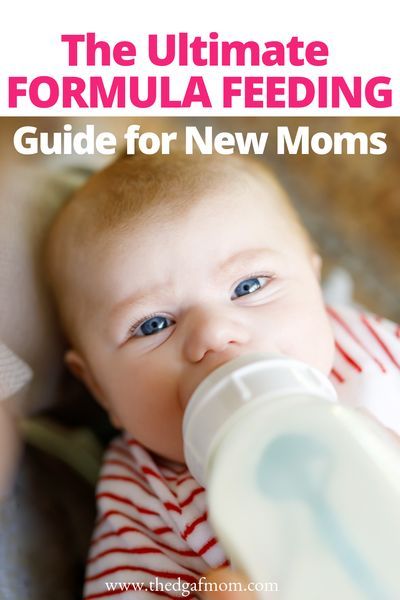 This type of formula is also used by parents who do not want their babies to eat animal protein. Give only iron-fortified soy formula, unless your doctor says otherwise. (Many babies who are allergic to cow's milk also are allergic to the protein in soy formulas, so soy-based formulas generally don't help with milk-protein allergies.)
This type of formula is also used by parents who do not want their babies to eat animal protein. Give only iron-fortified soy formula, unless your doctor says otherwise. (Many babies who are allergic to cow's milk also are allergic to the protein in soy formulas, so soy-based formulas generally don't help with milk-protein allergies.) - hypoallergenic formulas for babies who can't tolerate cow’s milk or soy formulas, like those with allergies to milk or soy proteins. The proteins in hypoallergenic formulas are broken down so they are easier to digest.
- specialized formulas. These are designed for premature babies.
How Do I Prepare Formula?
Formula comes in three basic forms:
- powders that require mixing with water and cost the least
- concentrates, which are liquids that require diluting with water
- ready-to-use (or ready-to-feed) liquids that can be poured right into bottles.
 These are the most expensive but are convenient if you're traveling or can't get to a clean water supply.
These are the most expensive but are convenient if you're traveling or can't get to a clean water supply.
Carefully follow directions on the label when preparing formula. Do not add more water than directed.
Whatever formula you choose, check the expiration date on all cans and bottles of formula, and don't use formula from leaky, dented, or otherwise damaged containers. Do not water-down formula — this is dangerous, as it reduces the amount of nutrients in each bottle.
Formula Can Be Pricey. How Can I Save Money?
Shop around for the best deals on the formula you've chosen:
- Take advantage of the free samples and coupons sent to you in the first few months after your baby is born.
- Clip coupons and sign up for online coupon clubs and apps that let you print and save coupons.
- Sign up for formula companies' clubs and special programs (through the mail or online) that may offer discounts, coupons, and/or free formula and other products.
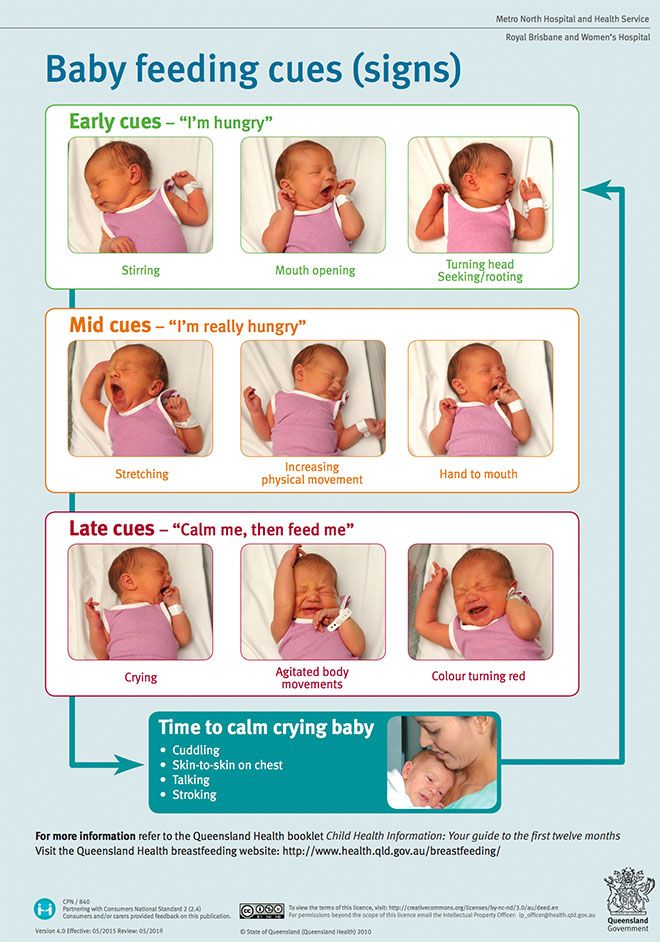
- Compare prices on formula at online retailers. Some online stores have special "mom" clubs that let you save regularly on some products every month.
- Check for specials at your grocery store, baby store retailer, or local wholesale/bulk items store.
What if I Need Help Paying for Formula?
If you can't afford formula, talk to your doctor or call 211 to help you find local resources. You and your family may be eligible for assistance through:
- Special Supplemental Nutrition Program for Women, Infants, and Children (WIC)
- Supplemental Nutrition Assistance Program (SNAP)
- Temporary Assistance for Needy Families
Amount and Schedule of Baby Formula Feedings
- In the first week after birth, babies should be eating no more than about 1 to 2 ounces (30 to 60 ml) per feed.
- During the first month, babies gradually eat more until they take 3 to 4 ounces (90 to 120 ml) per feed, amounting to 32 ounces per day.
 Formula-fed babies typically feed on a more regular schedule, such as every 3 or 4 hours. Breastfed babies usually take smaller, more frequent feedings than formula-fed infants.
Formula-fed babies typically feed on a more regular schedule, such as every 3 or 4 hours. Breastfed babies usually take smaller, more frequent feedings than formula-fed infants.
If your baby sleeps longer than 4 to 5 hours during the first few weeks after birth and starts missing feedings, wake them up and offer a bottle.
By the end of the first month: Your baby will be up to at least 3 to 4 ounces (120 mL) per feeding, with a fairly predictable schedule of feedings about every 3 to 4 hours.
By 6 months: Your baby will consume 6 to 8 ounces (180–240 mL) at each of 4 or 5 feedings in 24 hours.
Formula feeding based on body weight
On average, your baby should take in about 2½ ounces (75 mL) of infant formula a day for every pound (453 g) of body weight. But they probably will regulate their intake from day to day to meet their own specific needs, so let them tell you when they've had enough. If they become fidgety or easily distracted during a feeding, they're probably finished. If they drain the bottle and continues smacking their lips, they might still be hungry.
If they become fidgety or easily distracted during a feeding, they're probably finished. If they drain the bottle and continues smacking their lips, they might still be hungry.
There are high and low limits, however. If your baby consistently seems to want more or less than this, discuss it with your pediatrician. Your baby should usually drink no more than an average of about 32 ounces (960 mL) of formula in 24 hours. Some babies have higher needs for sucking and may just want to suck on a pacifier after feeding.
On-demand feeding
Initially it is best to feed your formula-fed newborn a bottle on demand, or whenever they cry with hunger. As time passes, your baby will begin to develop a fairly regular timetable of their own. As you become familiar with their signals and needs, you'll be able to schedule their feedings around their routine.
Eating & sleeping patterns
Between 2 and 4 months of age (or when the baby weighs more than 12 lb. [5.4 kg]), most formula-fed babies no longer need a middle-of-the-night feedings.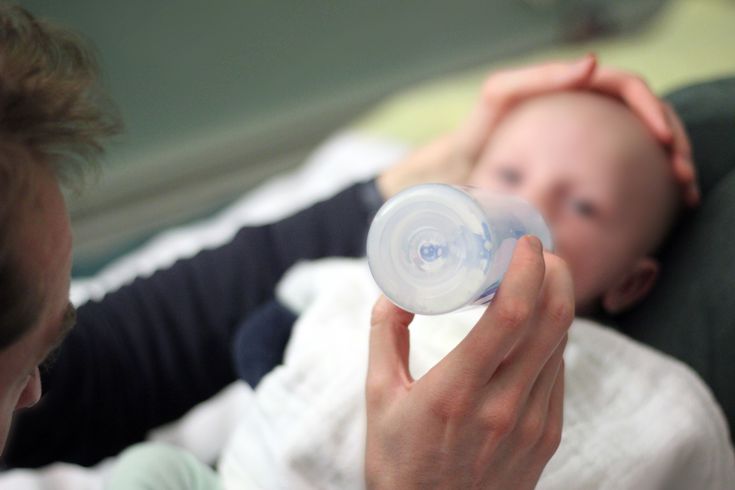 They're consuming more during the day, and their sleeping patterns have become more regular (although this varies considerably from baby to baby). Their stomach capacity has increased, too, which means they may go longer between daytime feedings—occasionally up to 4 or 5 hours at a time.
They're consuming more during the day, and their sleeping patterns have become more regular (although this varies considerably from baby to baby). Their stomach capacity has increased, too, which means they may go longer between daytime feedings—occasionally up to 4 or 5 hours at a time.
If your baby still seems to feed very frequently or consume larger amounts, try distracting them with play or with a pacifier. Sometimes patterns of obesity begin during infancy, so it is important not to overfeed your baby.
Getting to know your baby's feeding needs
The most important thing to remember, whether you breastfeed or bottlefeed, is that your baby's feeding needs are unique. No book―or website―can tell you precisely how much or how often they need to be fed or exactly how you should handle them during feedings. You will discover these things for yourself as you and your baby get to know each other.
More information
- How Often and How Much Should Your Baby Eat?
- Making Sure Your Baby is Getting Enough Milk
- Is Your Baby Hungry or Full? Responsive Feeding Explained (Video)
- Remedies for Spitty Babies
- Last Updated
- 5/16/2022
- Source
- Adapted from Caring for Your Baby and Young Child: Birth to Age 5 7th Edition (Copyright © 2019 American Academy of Pediatrics)
The information contained on this Web site should not be used as a substitute for the medical care and advice of your pediatrician. There may be variations in treatment that your pediatrician may recommend based on individual facts and circumstances.
There may be variations in treatment that your pediatrician may recommend based on individual facts and circumstances.
How to formula feed your baby | Nutrilak
02/15/2022 Reading time: 5 min 20916
Contents of article
- Can I formula feed my baby?
- What formula to feed the baby
- How do I choose formula for my baby?
- How long should I formula feed my baby?
The ideal food for an infant is breast milk. This position is voiced by the World Health Organization and shared by Russian pediatricians. But there are times when breastfeeding is impossible for objective reasons, and sometimes mothers underestimate its importance and think about whether it would not be easier to transfer the child to a formula.
Can I formula feed my baby?
In cases where breastfeeding is not possible, the child is not only possible, but also necessary to be fed with mixtures. Modern adapted milk formulas for baby food are close to breast milk and contain all the necessary components for the normal growth and development of the child.
Milk formula is much better for feeding a child in the first year of life than, for example, whole cow or goat milk, liquid semolina. The baby's digestive tract is not ready for such loads, they can cause serious disturbances in the body.
If the baby is separated from the mother, if the woman is forced to take medications that are incompatible with breastfeeding, if she has diseases that make natural feeding impossible, then formula milk is a means of salvation. It will not only allow the child to stay alive without mother's milk, but will also give the opportunity to live a full life.
At the same time, without objective reasons, formula feeding a child is a bad decision. Although the milk formula is close in composition to breast milk, it does not reproduce it: this is not yet possible at the current level of development of science. The mixture does not adapt to the needs and condition of the baby, as it happens with breast milk.
Although the milk formula is close in composition to breast milk, it does not reproduce it: this is not yet possible at the current level of development of science. The mixture does not adapt to the needs and condition of the baby, as it happens with breast milk.
Transferring to a mixture should be treated in the same way as taking a medicine: if there are indications for it, then artificial nutrition, like a medicine, will be for the good. If it is possible to feed the child with breast milk, then at least in the first 3-4 months after birth, one should strive to maintain breastfeeding. This is necessary for the baby's digestive system to mature and begin to produce enough enzymes, the intestines to be populated with normal microflora.
WHO recommends exclusive breastfeeding up to 6 months, and then, combining it with complementary foods, continue to breastfeed the child up to 2 years and longer, at the request of mother and baby. Russian pediatricians recommend the introduction of complementary foods from 4 to 6 months.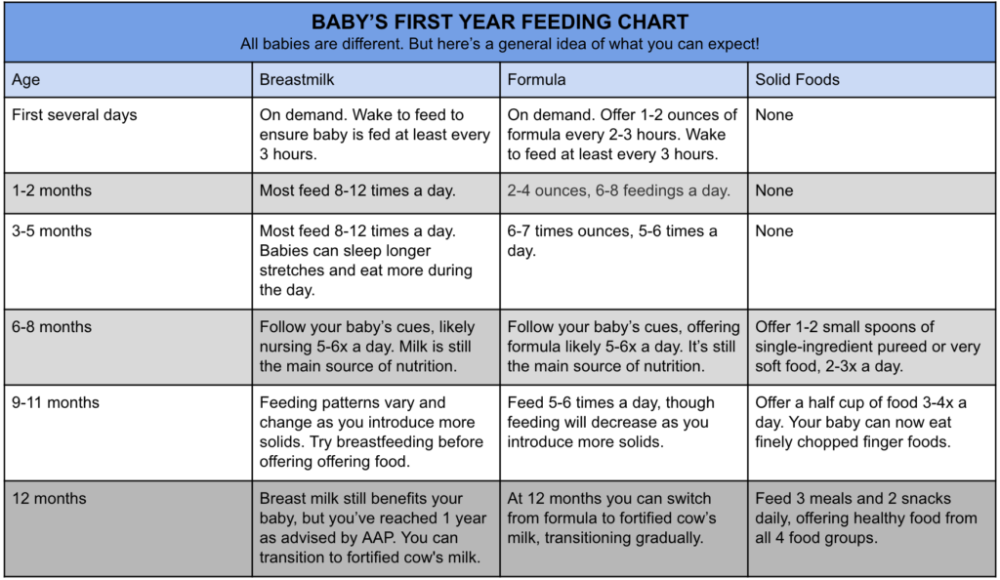
What formula to feed the baby
If there is a need to give the baby formula milk, you need to discuss this with the pediatrician. He will recommend what kind of mixture to feed the child so as not to harm his digestion.
Whichever formula you use, there are general rules to follow when feeding your baby:
- Use sterile bottles and teats for feeding. After each feeding, they must be thoroughly washed and sterilized so as not to become a breeding ground for pathogenic bacteria.
- Do not store reconstituted formula, feed immediately to baby. In case of emergency (it is not possible to dilute a new portion, leave the baby with a relative who does not know how to cook baby food, etc.
- The mixture must be prepared immediately before feeding.
This is important!
The prepared mixture should be used within 2 hours. For subsequent feeding, the remains of the prepared mixture in the bottle cannot be used.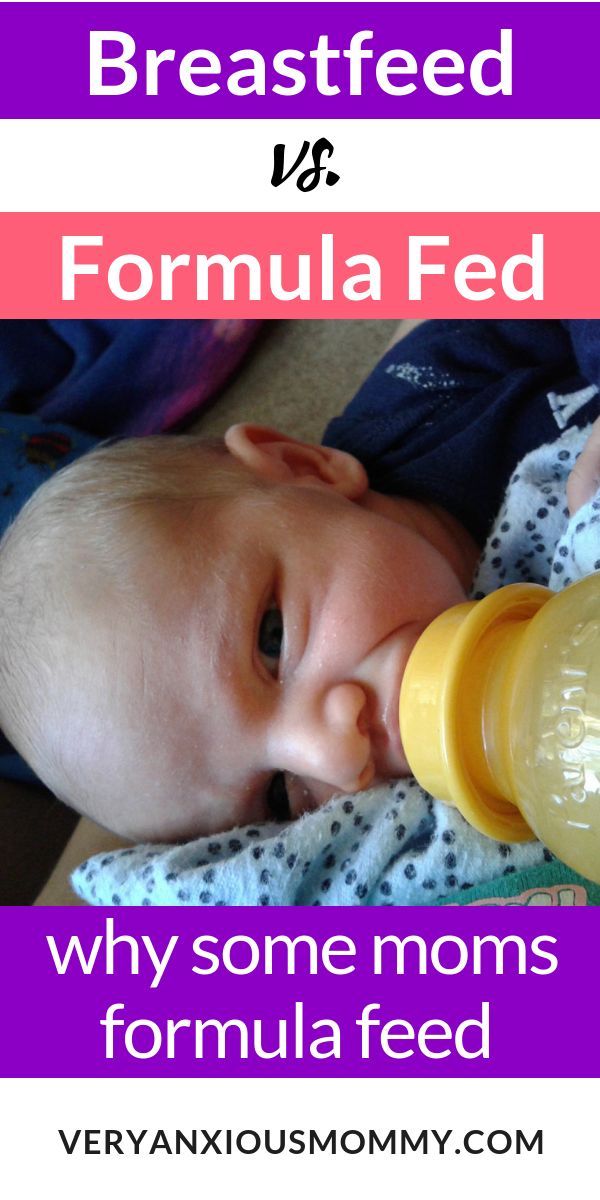
- Label the date the pack or can of formula was opened. It is necessary to use baby food from an opened package within 3 weeks. After the expiration of the period indicated on the packaging, the manufacturer does not guarantee the safety of its products.
- If you need to switch your baby to a different formula, do it gradually: on the first day, give a couple of teaspoons of the new formula in one feeding, then during the week increase the amount of new formula and the number of feedings in which you will give it until you completely replace the old mixture for a new one.
- The introduction and change of formula is stressful for the body, so do not change formulas without indications from the child's health. Be sure to consult your doctor if you are concerned about any symptoms in your baby while taking the mixture.
This is important!
You can heat the finished mixture only once.
How do I choose formula for my baby?
Formula for a child should be recommended by a doctor, but you also need to understand the types of baby food in order to understand why such an appointment is made, whether options are possible and when to change the prescribed mixture.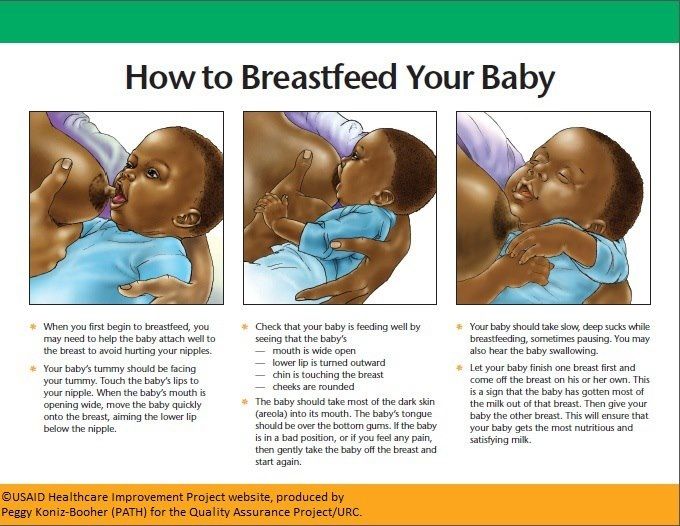
To choose the right formula for your baby, you need to consider the following conditions:
- Child's health status. If the baby is healthy, he is prescribed a standard mixture. If he was born prematurely, his mother had a caesarean section, if he was allergic to cow's milk protein or lactose intolerance, if functional digestive disorders are expressed - regurgitation, constipation, colic - the child will need a specialized or therapeutic mixture.
- Child's age. Standard mixtures are produced under the marking 1, 2, 3, sometimes 4. These numbers show what age the mixture is designed for: 1 - for babies in the first half of the year, 2 - for children from 6 to 12 months, 3 - over a year, 4 - over one and a half years.
- Mix availability. If possible, choose a brand of infant formula that you can easily buy at your nearest store or pharmacy. If a child needs a certain type of therapeutic mixture, which will be brought to you on order, nothing can be done, you will have to purchase food with a margin and replenish it in time.
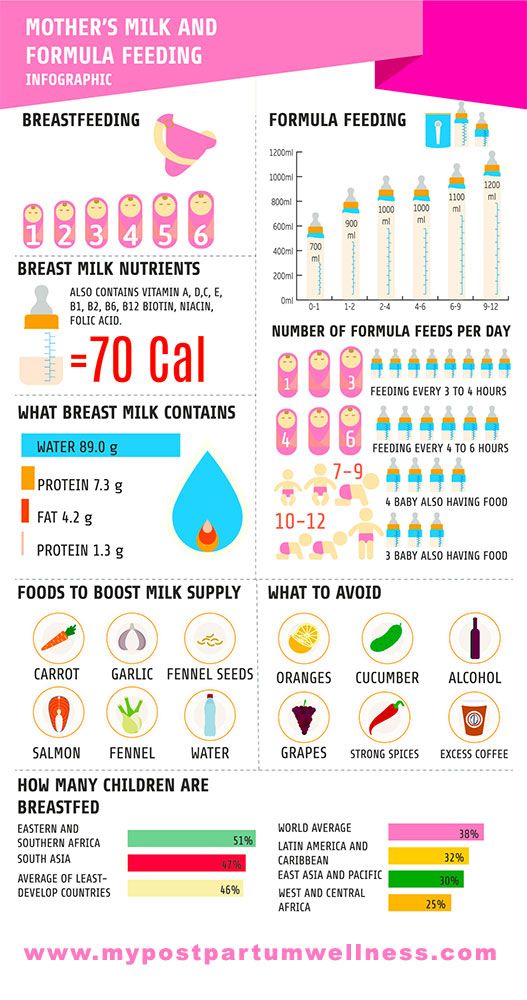 But if the child is healthy, then choose a food that is easier for you to purchase so that you can buy a new package at any time.
But if the child is healthy, then choose a food that is easier for you to purchase so that you can buy a new package at any time.
- Individual reactions of the child. Sometimes a child may react differently to mixtures of the same composition from different manufacturers. It is impossible to calculate in advance whether the mixture is suitable. Therefore, without a doctor's prescription, you should not transfer the child to another mixture, for example, goat's milk or with some additives, based only on the fact that these mixtures are more expensive, “premium”, more environmentally friendly, more popular.
- Expiration date, package integrity. Check the expiration date of infant formula, the condition of the packaging. Do not use a mixture from damaged, dented, wet packs and cans.
How long should I formula feed my baby?
During the first year of life, infant formula, like breast milk, is the main food for the baby. For children older than one year, formula, or baby milk, is an important addition to the basic diet, a source of essential vitamins and minerals. If the mixture is selected in accordance with age, then it is possible to feed a child with it up to one and a half to two years, and sometimes longer. However, the number of formula feedings at this age is reduced to 1-2 times a day, for example, as an afternoon snack or second dinner.
For children older than one year, formula, or baby milk, is an important addition to the basic diet, a source of essential vitamins and minerals. If the mixture is selected in accordance with age, then it is possible to feed a child with it up to one and a half to two years, and sometimes longer. However, the number of formula feedings at this age is reduced to 1-2 times a day, for example, as an afternoon snack or second dinner.
As for specialized and therapeutic mixtures, only the doctor determines the duration of their intake. The pediatrician will explain how to switch to special formulas correctly and how and when to leave them for standard nutrition.
List
- The baby can be formula fed if breastfeeding is not possible.
- A mixture for a child is chosen based on his state of health, age, individual reactions. It is important that the mixture is always available for purchase, has a good shelf life and presentation.
- You can feed your baby with formula for as long as breast milk.
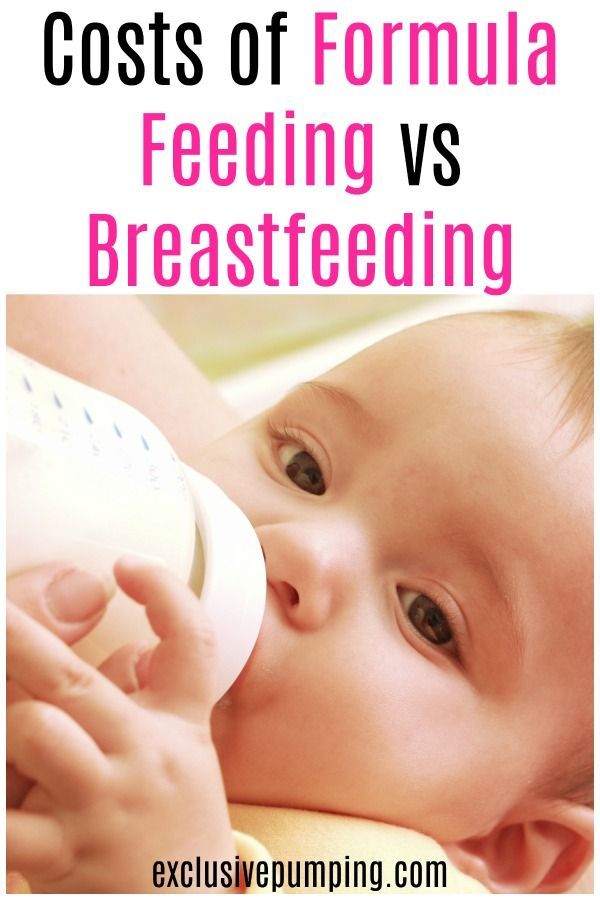 In the first year of life, infant formula is the main food for the child, and up to two years and beyond, it is an addition to the main diet.
In the first year of life, infant formula is the main food for the child, and up to two years and beyond, it is an addition to the main diet.
(5 ratings; article rating 2.8)
feeding rules, types of mixtures, tips for nursing mothers
If breastfeeding is not possible, do not be upset: modern technologies make it possible to achieve maximum compliance of artificial feeding with all healthy nutrition standards. We talk about the basic rules of artificial feeding and common mistakes.
Website editor
Tags:
Health
weight loss
Children
Food
VOICE recommends
The health of a newborn is directly dependent on his nutrition.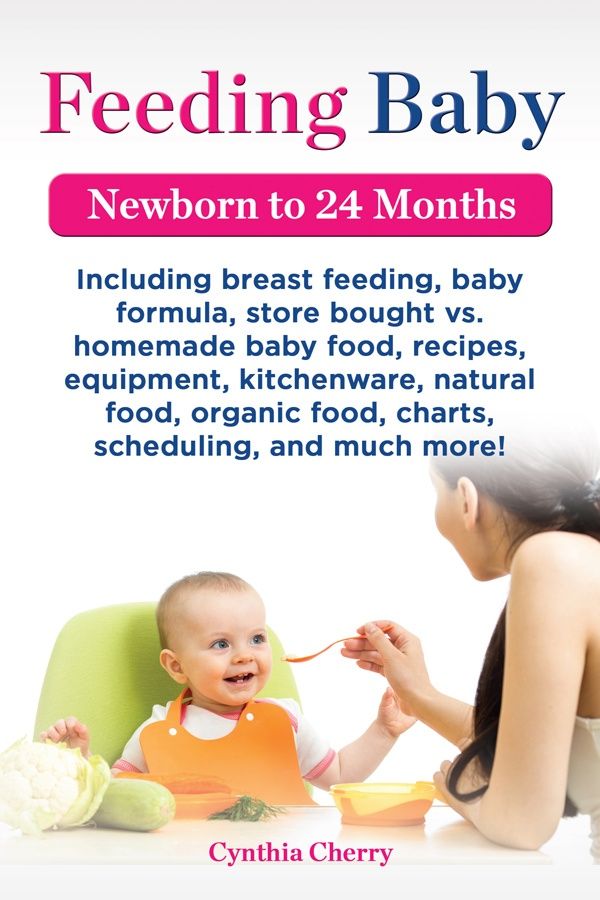
⚡️⚡️⚡️ TO STAY CONNECTED NO matter what, LOOK FOR US IN Yandex.Zen, VK, Telegram, Odnoklassniki.
If you can breastfeed, great, this is the best food for your baby. But if for some reason natural feeding is not possible, this is not a reason to panic: there are now many healthy mixtures that can replace mother's milk. Study our rules for artificial feeding, and everything will work out!
When to switch to artificial feeding
- Inability to breastfeed for medical reasons. With some diseases, as well as when taking a number of medications, breastfeeding is prohibited, since milk can be dangerous for the baby due to the content of toxic substances. Sometimes the reason to stop breastfeeding may be the child's disease (for example, cleft lip or severe malformations).
- Cessation of lactation. If there is not enough milk or it has disappeared completely, there is nothing to do, you need to supplement the baby with mixtures.
 As a rule, mixed and artificial feeding solve the problem.
As a rule, mixed and artificial feeding solve the problem. - Impossibility of regular feeding. For example, you can go to work or end up in a hospital, and this is not a reason to starve a child, but a reason to switch to mixed or artificial feeding: the rules for feeding and portion sizes change somewhat.
- Inadequate nutritious milk from the mother. Sometimes the problem is solved by changing your diet, but if the milk remains watery and the baby is screaming with hunger, then it's time to supplement him with mixtures, and later switch to them completely.
- The wish of the mother of the child. No matter how pediatricians talk about the benefits of breastfeeding, sometimes women who have every opportunity to breastfeed still prefer to give their baby a bottle. Well, that's your right. Just learn first the rules of artificial feeding of infants!
Rules for artificial feeding of a child
1.
 How to choose a formula?
How to choose a formula? It is best to consult a pediatrician for recommendations, but in principle, if the baby is not lactose intolerant, any formula approved by the Union of Pediatricians of Russia will do. It is great if the mixture contains Omega 3 and Omega 6 fatty acids, they contribute to the harmonious development of the nervous system.
For example, Nutricia's "Malyutka" formula meets all the standards and rules of artificial feeding, is produced according to European technologies with the strictest quality control and is recommended as an alternative to breast milk, even for newborns. Nutricia regularly evaluates the quality and demand for its products among consumers and doctors, analyzing the results of independent surveys of pediatricians and mothers with children up to 24 months of age.Iodine, selenium, zinc, iron with enough vitamin C (for better absorption), choline, taurine, L-carnitine are modern ingredients, the amount of which is specially selected in formulas to meet the needs of children.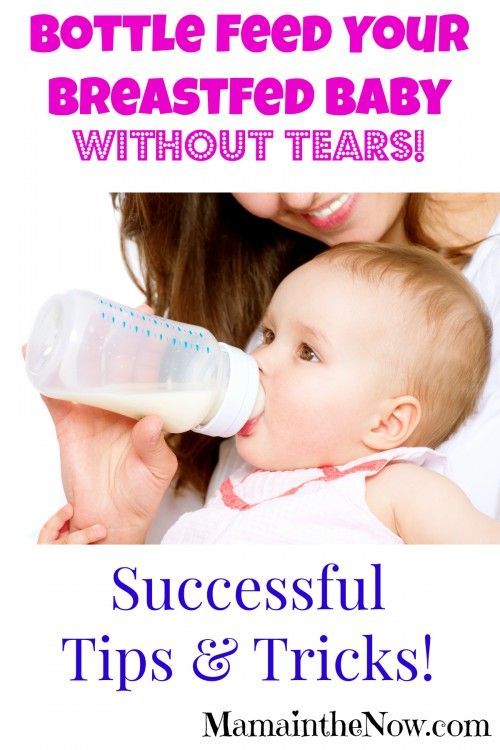 The quality is monitored by the Dutch research center Numico, the milk base for formulas is made in the most environmentally friendly country - Ireland, and production is open in Russia, at a plant in Istra, which received the international ISO 22000 certificate - maximum food safety control who in.
The quality is monitored by the Dutch research center Numico, the milk base for formulas is made in the most environmentally friendly country - Ireland, and production is open in Russia, at a plant in Istra, which received the international ISO 22000 certificate - maximum food safety control who in.
A mixture of the New Zealand brand "Bibikol" is made on the basis of healthy goat's milk. The range of the brand includes mixtures for the smallest and older children, and the quality of the products is confirmed by Russian pediatricians. As a rule, formula feeding does not cause serious side effects even during the adaptation period.
The Dutch brand Kabrita also makes milk formulas based on goat's milk, which is easier to digest than traditional cow's milk. The brand's products contain vitamins, microelements and other functional ingredients necessary for the development of the child.
The mixes of another Dutch brand, Friso, are considered among the best due to their high quality.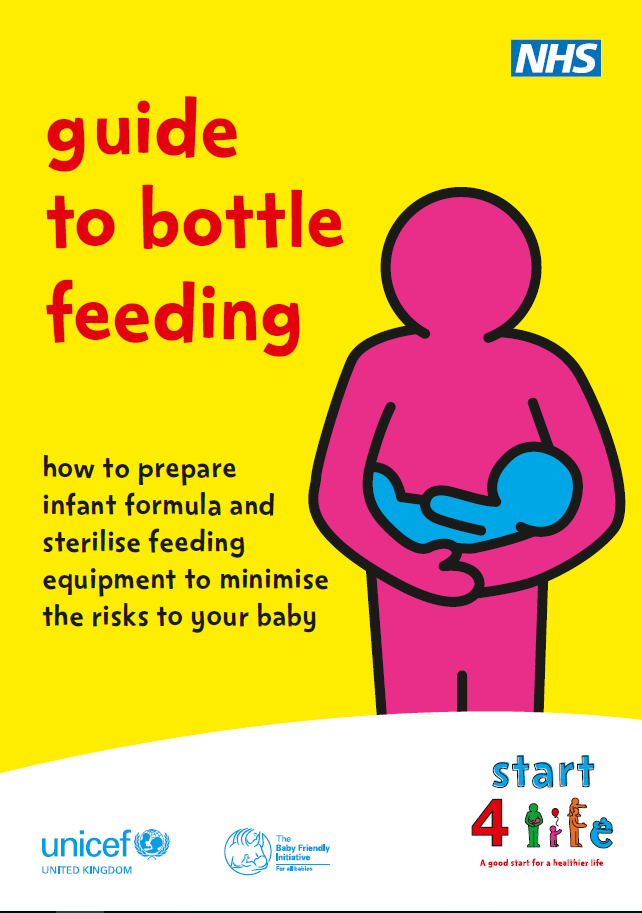 The brand offers mixtures for both newborns and older children. Subject to the rules for artificial feeding, this is an excellent choice for babies of different ages.
The brand offers mixtures for both newborns and older children. Subject to the rules for artificial feeding, this is an excellent choice for babies of different ages.
2. How do I know if formula is right for my baby?
If possible, the transition to artificial feeding should be done according to the rules, gradually replacing breast milk with formula. Pediatricians believe that adaptation to a new diet in babies under the age of one year takes from 3 to 7 days. During this period, stool changes, gas formation are possible, and this should not be frightened. As a rule, after a week, the baby stops worrying about the tummy and gets used to the new mixture. If this does not happen, it is worth choosing another food for him. For example, instead of the usual milk mixture, offer a fermented milk analogue. Major brands, like Nutricia's Malyutka, always have both options in their product line.
Formula milk can be used from birth
To improve digestion, a pediatrician can recommend fermented milk formula for formula feeding
3.
 How to choose a feeding bottle?
How to choose a feeding bottle? Feeding bottles are available in plastic and glass and each has its own advantages, there are no strict rules for bottle feeding in this regard. Plastic ones are safer because they don't break. They are lighter, so it is convenient to take them with you for a walk. Glass is good because it can be sterilized many times, while plastic can deteriorate. Which bottle to choose for a newborn depends on the age of the baby. For the smallest, glassware is better, since sterility is in the first place. For older babies outside the home, it is better to use plastic bottles, but for home feeding, still leave glass bottles.
4. How to properly store baby food?
Prolonged exposure to non-standard temperatures, both low and high, can change the organoleptic properties of the product, affect its solubility, and cause swelling of the foil bag or the protective membrane of the can.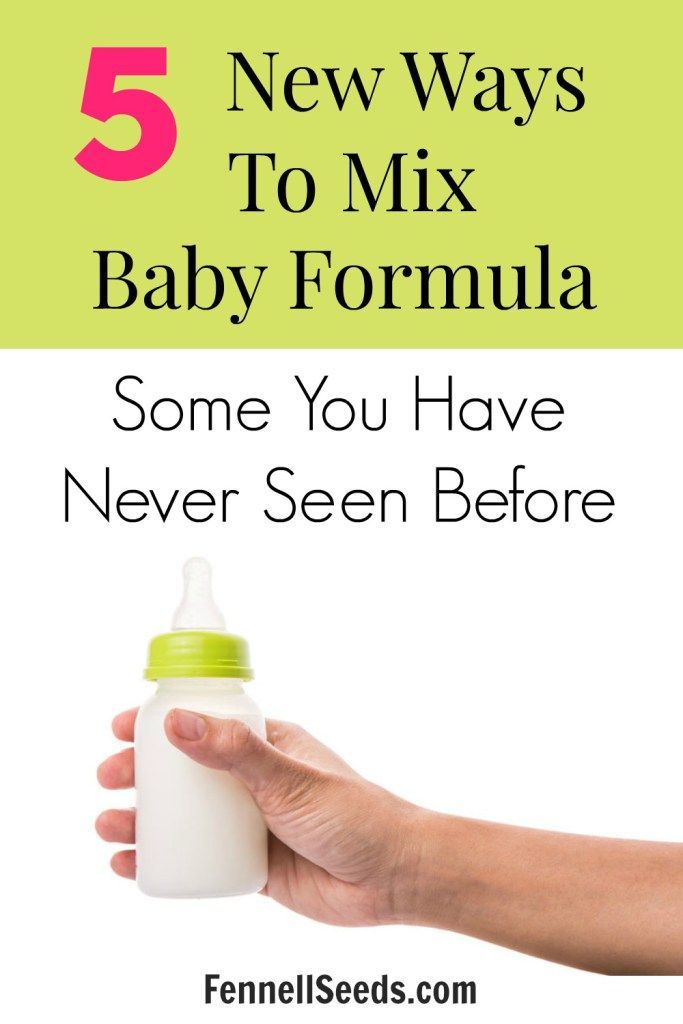 In case of repeated heating and cooling of the mixture, especially in winter, further use of the product may cause a painful reaction in the child. Therefore, it is very important to observe temperature control from 0ºС to +25ºС. Formula feeding regulations do not recommend storing product near heat sources such as stoves, electric kitchen appliances, radiators, or on windowsills.
In case of repeated heating and cooling of the mixture, especially in winter, further use of the product may cause a painful reaction in the child. Therefore, it is very important to observe temperature control from 0ºС to +25ºС. Formula feeding regulations do not recommend storing product near heat sources such as stoves, electric kitchen appliances, radiators, or on windowsills.
5. How long can I keep formula formula?
Less than an hour. If the baby has not finished eating, and you intend to finish feeding him in 15-20 minutes, you can not prepare a new mixture. But if the baby has eaten enough, and the feeding regimen for artificial feeding provides for the next feeding only after 2.5 - 4 hours, then the leftovers should be poured out, and a new portion should be prepared for the next time.
6. Does my child need probiotic formula?
GOS/FOS prebiotics are natural dietary fibers similar in composition to breast milk prebiotics, they are added as high-quality mixtures to improve digestion.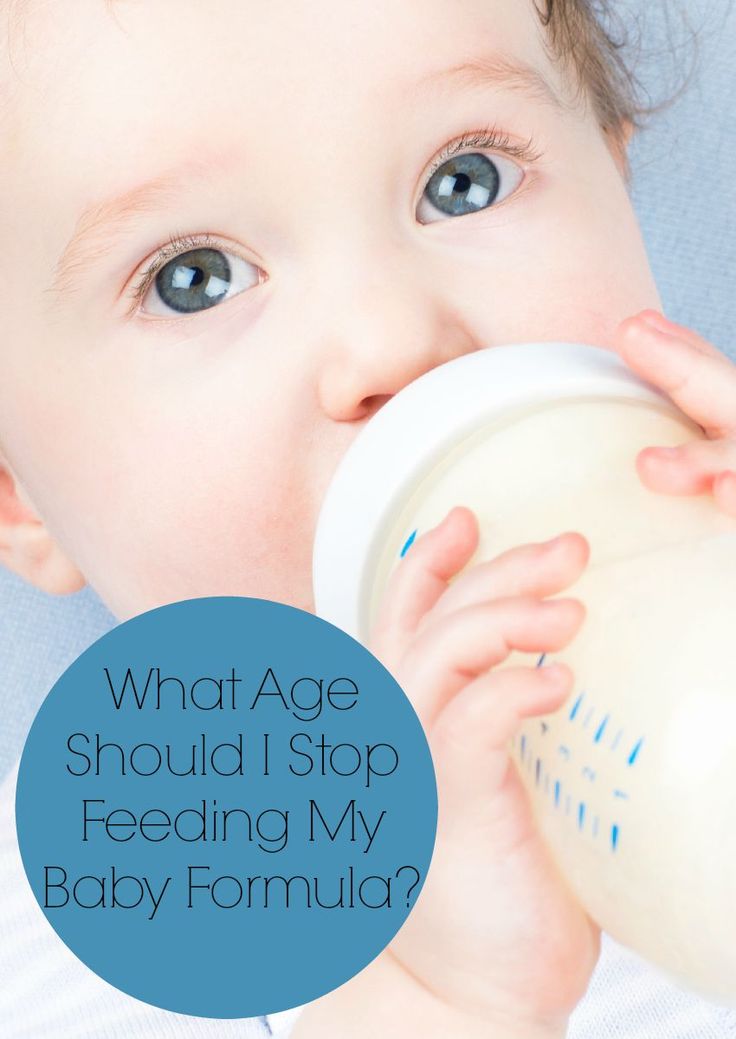 The child quickly and painlessly gets used to such a mixture, absorbs it well and encounters stool disorders less often. Rules for artificial feeding of newborns and older children recommend giving preference to such mixtures, although this is not a strict requirement.
The child quickly and painlessly gets used to such a mixture, absorbs it well and encounters stool disorders less often. Rules for artificial feeding of newborns and older children recommend giving preference to such mixtures, although this is not a strict requirement.
7. How do you know if your baby is eating enough?
You can use the Shkarin formula: The volume of the mixture per day = 800 ml + 50 x (M-2), where M is the number of months of the child's life. But this method is only suitable for babies older than 2 months. For newborns, everything is very individual, since babies are born with different weights and heights, so if you are afraid that the baby is malnourished or overeating, consult a doctor before feeding the baby formula again.
8. Should I change my formula?
If there is no reason to doubt the quality of the formula and its tolerance by the baby, you should not change the child’s usual diet just because the new mixture seems more useful, modern, etc.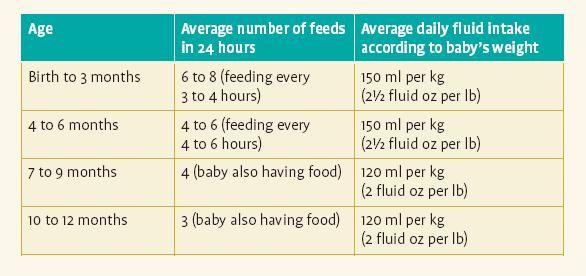 to you. Replacing the mixture can be a real stress for the child's body. And there is no guarantee that a new diet will not cause any signs of intolerance. Replacing the mixture is justified when passing the next age limit, and even in this case, the rules for artificial feeding recommend remaining faithful to one manufacturer.
to you. Replacing the mixture can be a real stress for the child's body. And there is no guarantee that a new diet will not cause any signs of intolerance. Replacing the mixture is justified when passing the next age limit, and even in this case, the rules for artificial feeding recommend remaining faithful to one manufacturer.
9. What is the correct way to mix?
According to the rules of artificial feeding, most mixtures are prepared as follows: boiled water is cooled to a temperature of 50-60 ° C (a higher temperature cannot be used, live bifidobacteria die and some vitamins are destroyed). Pour it into a bottle, add the exact amount of the dry mixture there. Close the bottle, mix the mixture thoroughly, shaking the contents of the bottle. Look at the light so that there are no lumps, the milk should turn out homogeneous. To check the temperature of the food - put a few drops on your wrist or elbow crease (the most sensitive place).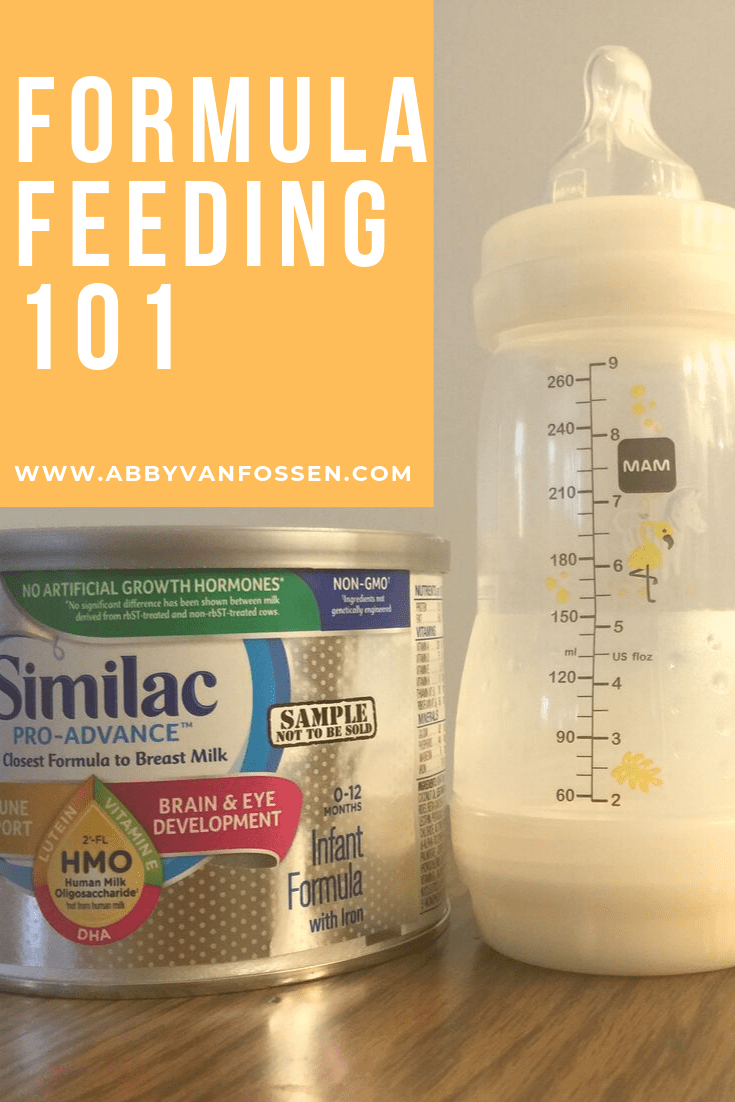 The mixture should be slightly warmer than body temperature—i.e. practically not felt.
The mixture should be slightly warmer than body temperature—i.e. practically not felt.
10. Technique and rules of artificial feeding
How to formula feed correctly? In order to make it comfortable not only for the baby, who should be in a semi-vertical position, but also for the mother during feeding, you can use additional pillows by placing them under the back. The position of the mother's legs can be different: you can put your foot on the foot, you can put a low bench under your feet, you can feed the baby in the prone position, while gently holding the baby. To reduce air swallowing, tilt the bottle so that the milk fills the nipple and the air rises to the bottom of the bottle. Hold your baby upright for a few minutes after feeding to reduce the chance of spitting up.
Mistakes in artificial feeding
- Blame yourself for being an "artificial" baby.
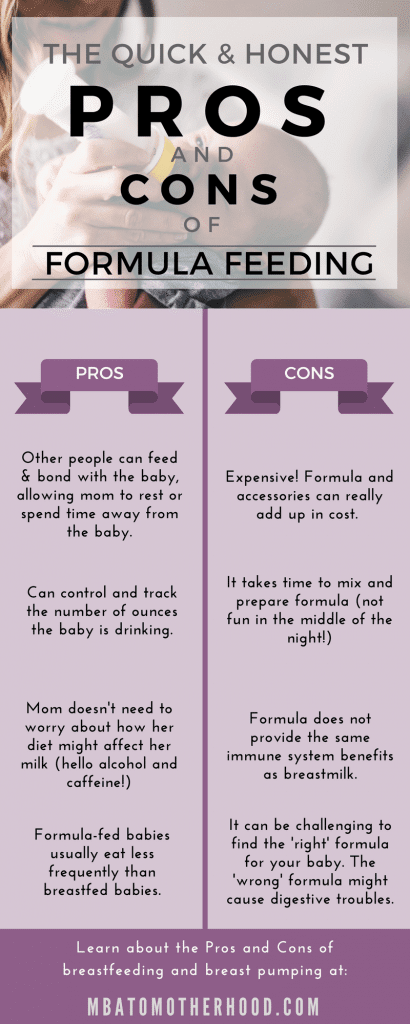 Yes, mother's milk is considered the best food for babies, but if for some reason you cannot provide a child with them, this is not a reason to declare yourself a bad mother. Numerous children were bottle fed and did not experience any fatal consequences. Learn the rules of artificial feeding and follow them without blaming yourself needlessly.
Yes, mother's milk is considered the best food for babies, but if for some reason you cannot provide a child with them, this is not a reason to declare yourself a bad mother. Numerous children were bottle fed and did not experience any fatal consequences. Learn the rules of artificial feeding and follow them without blaming yourself needlessly. - Feed on demand. Artificial feeding rules suggest feeding by the hour, not on demand. The mixture is digested longer than mother's milk, so it is important to withstand breaks between feedings.
- Ignore the rules for the introduction of complementary foods when artificially fed. Do not introduce complementary foods earlier than 6 months, and be sure to consult with your pediatrician beforehand.
- Forgetting to drink water. For high-quality assimilation of mixtures, water is necessary! Be sure to let the baby drink.
- Feeding regular milk instead of formula. Neither cow's nor even wholesome goat's milk is suitable for children.


